Transport logistics is a nuanced field filled with intricate details that can significantly impact the efficiency of operations. One of the pivotal questions operators often grapple with is, “Can you fit 40 containers on a 25-foot flatbed trailer?” The straightforward answer is nuanced by several factors, including the size and weight of the containers, the type of flatbed, and local regulations governing load limits. In this article, we will dissect this question, providing an in-depth analysis of load capacity, dimensional factors, and best practices for maximizing efficiency while adhering to safety standards.
Understanding Container Dimensions
To determine whether 40 containers can indeed fit on a 25-foot flatbed trailer, we first need to consider the standard dimensions of the containers involved.
Standard Container Size
- 20-Foot Containers: Approximately 20 feet long, 8 feet wide, and 8.5 feet high.
- 40-Foot Containers: Approximately 40 feet long, 8 feet wide, and 8.5 feet high.
Most freight operations utilize either 20-foot or 40-foot containers. The question implies the use of 20-foot containers since placing 40 of the larger type on a shorter flatbed would not be feasible.
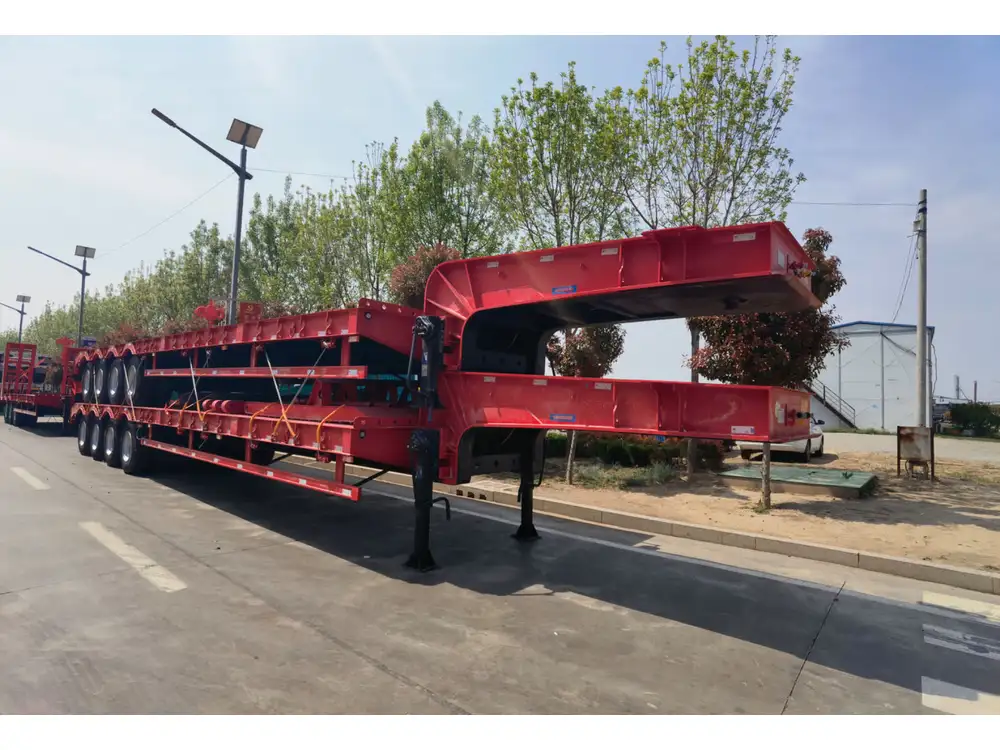
Flatbed Trailer Specifications
A typical 25-foot flatbed trailer features:
- Length: 25 feet
- Width: 8.5 feet (commonly the maximum legal width)
- Weight Capacity: Varies by manufacturer; generally, a standard flatbed can handle between 40,000 to 48,000 pounds, depending on its construction.
Load Calculation and Configuration
Planning the Load
When loading containers onto a flatbed trailer, one must accurately account for both the physical dimensions of the cargo and the load distribution.
Calculating Space:
[ \text{Space Required for One 20-Foot Container} = 20 \text{ feet} ] [ \text{Total Space for 40 Containers} = 20 \text{ feet} \times 40 = 800 \text{ feet} ]Therefore, it is inherently impossible to fit 40 of the standard 20-foot containers on a 25-foot flatbed trailer, given that the total length of 800 feet far exceeds 25 feet.
Weight Considerations:
A standard 20-foot container can weigh up to 2,500 kg (5,511 lbs) when empty and can carry cargo weight up to 30,000 kg (66,138 lbs).
Given a truck’s gross combined weight rating (GCWR) and the weight of the trailer itself, it’s vital to stay within permissible limits.
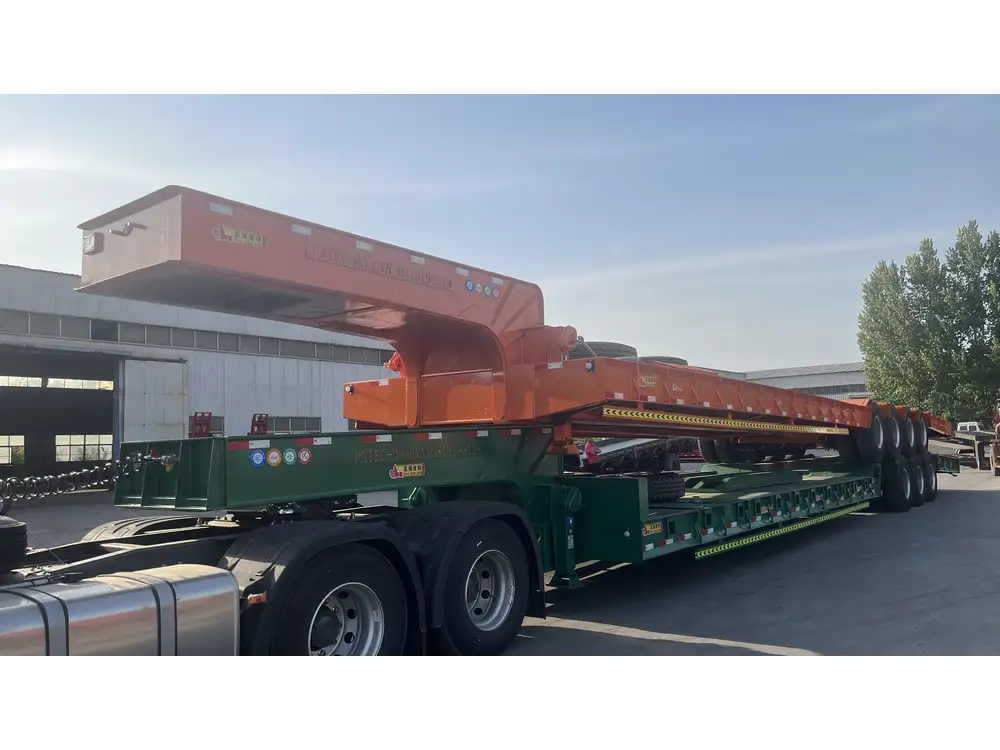
Regulations Impacting Load Configuration
Legal Weight Limits
Different regions have varying laws concerning weight limits on highways. In the U.S., federal limits stipulate a maximum gross weight of 80,000 pounds for semi-trailer combinations. Since containers can constitute a significant portion of that weight:
Federal Regulations:
- Maximum allowable weight: 80,000 pounds.
- Maximum trailer length: Must comply with state regulations.
State-Specific Regulations:
- Each state may have its own additional regulations that can restrict dimensions or weight on certain routes.
Ensuring Compliance
To maintain legality and safety, operators should ensure that their load adheres to local and federal regulations. It is advisable to:
- Weigh containers before loading.
- Utilize load documentation that details the dimensions and weights.
- Confirm with local transport authorities for the latest regulations.

Alternative Loading Methods
While you cannot physically fit all 40 containers on a single 25-foot flatbed, there are alternative methods to optimize your logistics:
Intermodal Transport Solutions
Using a combination of transport methods can enhance efficiency:
- Rail Options: Occasionally, transferring containers to rail can alleviate the pressure on flatbed trailers.
- Multi-Modal Transport: Coordinate between shipping via flatbed and other transports like cargo ships or freight trucks to ensure timely delivery.
Combining Loads
In certain scenarios, combining loads on a single trailer may optimize space better. For example, consider:
- Loading Other Cargo Types: If the remainder of the cargo can fit, leaving excess space could be utilized for smaller packages or pallets.
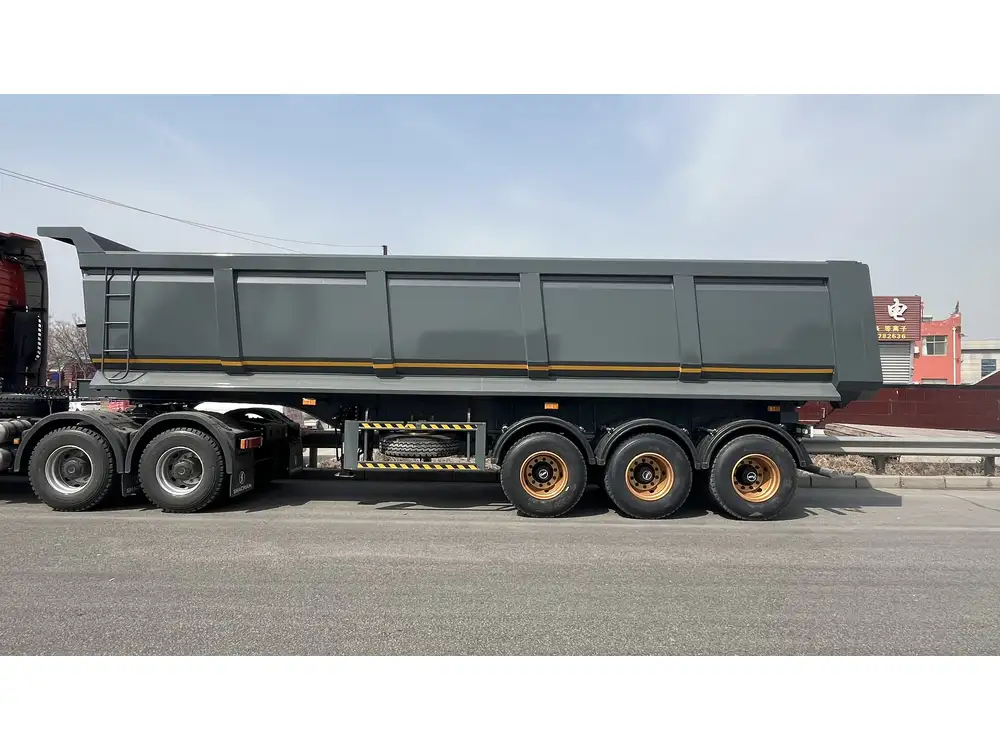
Modular Container Solutions
Explore options for modular containers that can be disassembled or stacked to maximize hauling capability:
- Stackable Containers: Some designs allow for vertical stacking, thus providing solutions for transporting more goods without overwhelming size constraints.
Best Practices for Loading and Transportation
To ensure safe and efficient transportation of containers, consider implementing best practices:
Strategic Load Distribution
- Weight Distribution: Keep heavier cargo centered on the trailer to maintain stability.
- Secure Load: Use straps, chains, and other securing methods to prevent load shift during transportation.
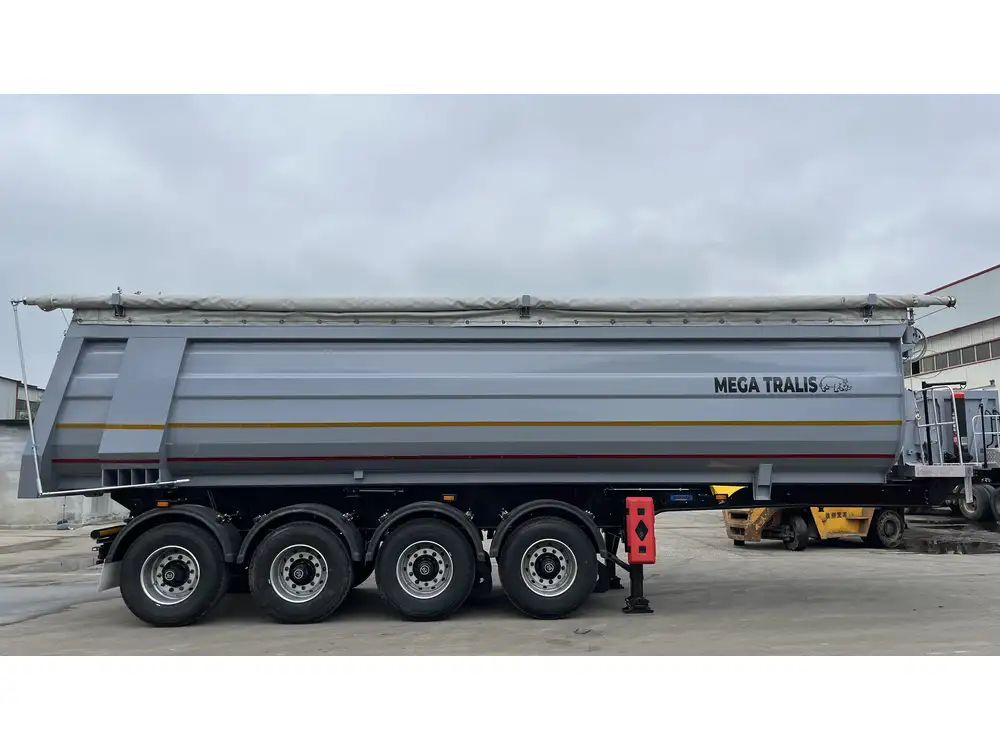
Thorough Inspection Routines
Before embarking on long-haul trips:
- Inspect the condition of the trailer and the load.
- Verify that all cargo is anchored securely and adheres to legal requirements.
Regular Training
Ensure that all personnel involved in loading and transporting are trained on best practices and safety protocols. Ongoing professional development cultivates a culture of safety.
Future Trends in Container Transport
As the logistics industry continues to evolve, noteworthy trends may influence practices surrounding container transport:
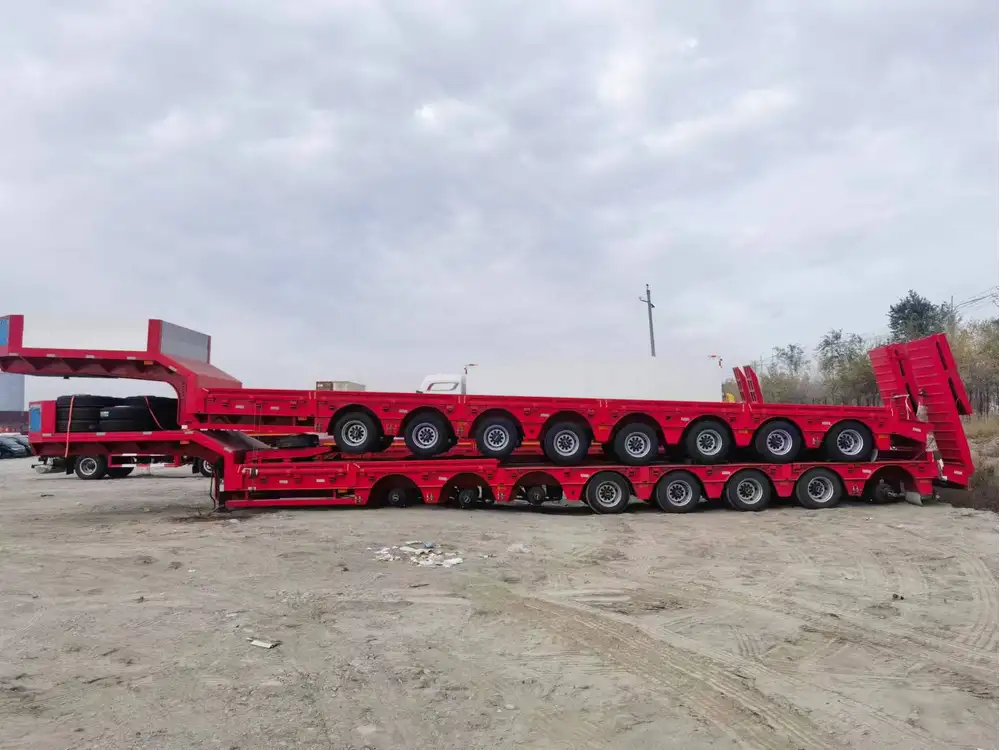
Advances in Technology
- Telematics and IoT: Utilizing technology for real-time tracking enhances communication and resource optimization.
- Automation: Automated loading and unloading systems can improve speed and efficiency.
Sustainable Practices
- As businesses become increasingly aware of environmental impact, exploring eco-friendly transport options can bolster corporate social responsibility efforts.
Conclusion
In conclusion, the short answer to whether you can fit 40 containers on a 25-foot flatbed trailer is a definitive no. The complexity of logistics, legal compliance, and load management underscores this conclusion. However, by employing strategic planning, alternative transportation methods, and adhering to regulatory requirements, operators can maximize their efficiency and ensure safe transport for their cargo.
For further information and insights into maximizing your logistics operations, consider reaching out to our team of transportation and logistics specialists. We are here to help you navigate the challenging landscape of cargo transport with tailored solutions.



